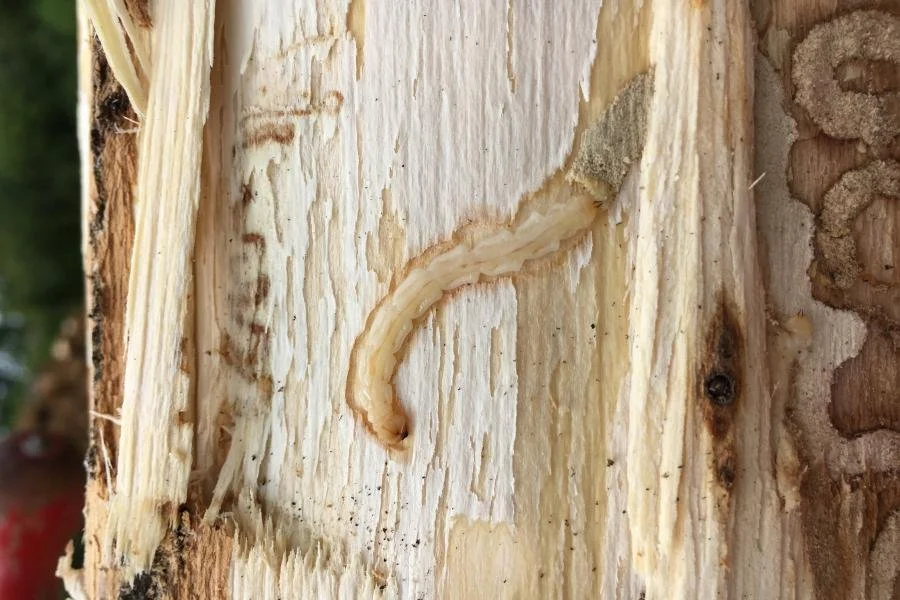Curbing the spread of emerald ash borer, removing affected trees
June 9, 2023 | By Vermont Department of Forests, Parks & Recreation | News Release Emerald ash borers are similar in appearance to other insects. Illustration from the Vt. Agency of Agriculture, Food & Markets
In an effort to address the threat posed by the invasive emerald ash borer the Vermont Department of Forests, Parks and Recreation urges both residents and visitors to get informed on recommendations for safeguarding the state’s ash tree population with an eye toward public safety.
"We understand the importance of ash trees to Vermont's forests, and the threat posed by the emerald ash borer cannot be ignored,” said Danielle Fitzko, Commissioner of the Department of Forests, Parks, and Recreation. “We are taking proactive steps to protect public safety and slow the spread of this invasive species. We urge the public to do their part by following our recommendations."
The ash borer begins its flight season in early June when they emerge from infested ash trees, logs, and firewood and seek new host trees and mates.
To help slow the spread of the emerald ash borer:
Do not move firewood.
Use local firewood.
Report signs of infestation to the state Department of Forests, Parks and Recreation
As part of its response to ash borer infestation in Vermont, the state has begun removing susceptible ash trees from high-use areas on state lands, particularly in state parks, to protect public safety. Ash tree removal has been conducted at Grand Isle State Park, Emerald Lake State Park, Lake St. Catherine State Park and Coolidge State Park. Some regular park visitors may notice a difference, such as small branches and wood on the ground near sites, trails and roads, more open areas, some soil disturbance, and newly seeded ground.
Emerald ash borer larvae. Photo by Nathan Siegert, U.S. Forest Service
Removing these trees improves forest health and public safety; helps keep state parks and state forests accessible to the public; and the harvested wood can be used for heating and lumber, benefiting Vermonters and the local economy.
First detected in Vermont in 2018, the emerald ash borer is an invasive species that has killed millions of ash trees in the United States since its arrival in 2002 and it poses a significant threat to Vermont's ash population. To date, the ash borer has been found in all but one Vermont county, Essex County.
Ash trees are important to Vermont's forests, providing valuable habitat and economic benefits. As they are infested by the ash borer and die, affected trees can pose a danger to public safety.
Thousands of ash trees across the state's parks and forests pose a potential danger to buildings, people, campsites, and high-use trails. Ash trees, once killed by the ash borer, become brittle, significantly increasing the risk, complexity, and cost associated with their removal. As a result, many affected areas would have to be closed until the dead and dying trees are safely eliminated.
In an effort to avert park and high-use area closures on state lands, state forest officials have embarked on a campaign to remove certain ash trees before and shortly after infestation occurs.
More information on the emerald ash borer, including a spot to report signs of infestation and recommendations to slow the spread can be found online at VTinvasives.org.


